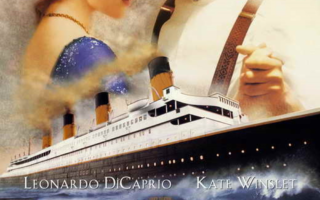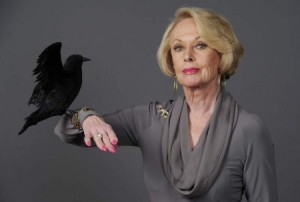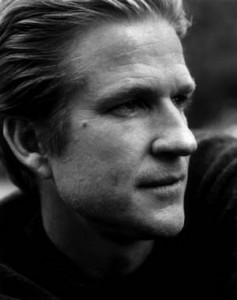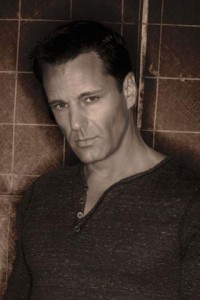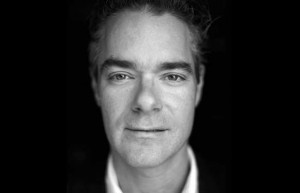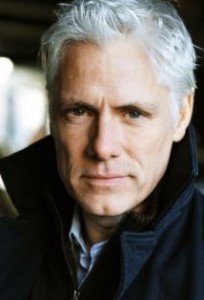Tom Green first broke in to mainstream media with his wildly popular television show “The Tom Green Show” which aired on MTV in the late 1990’s. Tom has also appeared in a number of films such as “Charlie’s Angels” “Stealing Harvard” and “Road Trip”. On May 28th the TBS show “Who Get’s the Last Laugh” will feature a prank orchestrated by Tom as he competes against two other comedians in an effort to earn money for their prospective charities. Media Mikes had the pleasure to talk with Tom about the upcoming appearance and what he likes most about performing standup.
Adam Lawton: Can you tell us about your upcoming appearance on “Who Get’s the Last Laugh”?
Tom Green: I had a lot of fun doing that show. I was a huge fan of “Punked” so when I was asked if I wanted to do it I was really excited. I thought it would be fun to be able to punk someone myself. Having done a lot of pranks when I was younger I felt like this would be a good opportunity to maybe win some money for the Cancer charity I was playing for. It was hilarious working on the skit and we had a really great time doing it.
AL: Can you give us any hints about the prank you set up?
TG: There are three comedians on the show and we each get to pull a prank. The show is set up very similar to “Punked” in that I was in a booth directing the actors. Our skit is based around needing a babysitter. When the babysitter shows up they realize that they are looking after a full grown adult who turns out to be a little bit nuts. I essentially direct the actor who is playing the adult. I talk to him over an ear piece telling him what I want him to do. The situation gets pretty crazy.
AL: How much of the prank was improvised?
TG: That was the fun part for me. We shot it several times with different people so there was quite a bit of room to improvise. We were cracking ourselves up in the control booth as the stuff was just hilarious. There was a lot of improv in there even though the situation and camera angles are all pre-determined. We just worked within the boundaries of that.
AL: How does this show stand out above other hidden camera shows?
TG: This show is fun in the sense that your bringing in three comedians that do comedy for a living to guest star. They get to compete for their various charities which that alone is quite a bit different. It’s interesting because I had never done a prank like that myself. I think it’s a fun thing to see people out of their elements.
AL: What do you prefer? Directing the prank or being park of the prank?
TG: I directed and performed all the pranks on my show so I have a lot of experience doing those things. This was sort of different because I was able to just come in and have fun with things. There was really no pressure which made the experience very enjoyable.
AL: Can you tell us about some of the other projects you have going on?
TG: I am currently out on tour performing stand up all over the country. Standup is something that I have really been throwing myself into within the past 4 or 5 years. I am really enjoying it. My first stand up special “Tom Green: Live” which was shot for Showtime is currently available on Netflix. I have a new podcast called “Tom Green Radio” that people can check out on iTunes and at www.tomgreen.com. I interview tons of hilarious comedians and interesting people. I also just started really getting into my new YouTube channel which is www.youtube/tomgreen. You are going to be able to go there and see a lot of my classic pranks. If people are in to that stuff they surely will want go and check that out.
AL: What do you like most about being out on the road and performing live?
TG: I have been going at it pretty hard in the last 4/5 years playing hundreds of shows. It’s something that I love to do. I started doing it when I was a kid and have done it intermittently over the years. It has been great being out on the road and seeing a lot of cool places. I have been all over from New Zealand to London and the shows have been getting great reviews. This has been a new chapter in my comedy career and it’s been nice being able to go out there night after night and get good responses. It’s a great feeling and something I want to keep doing for a long time.
